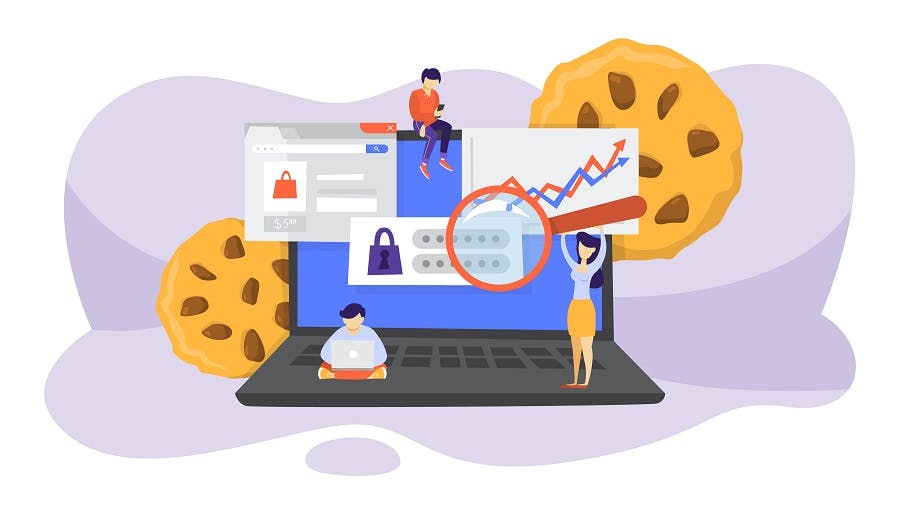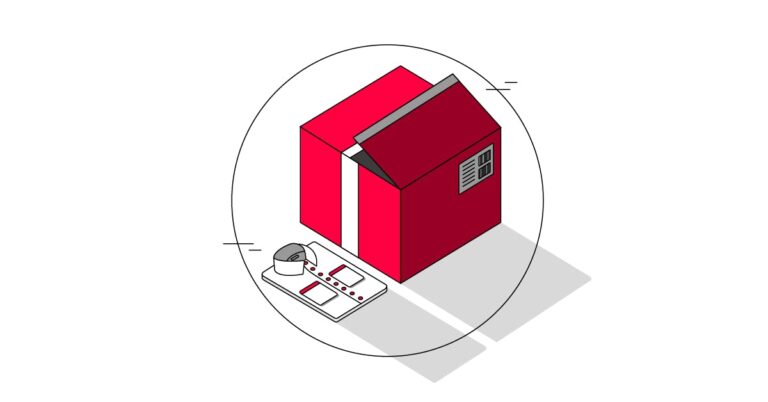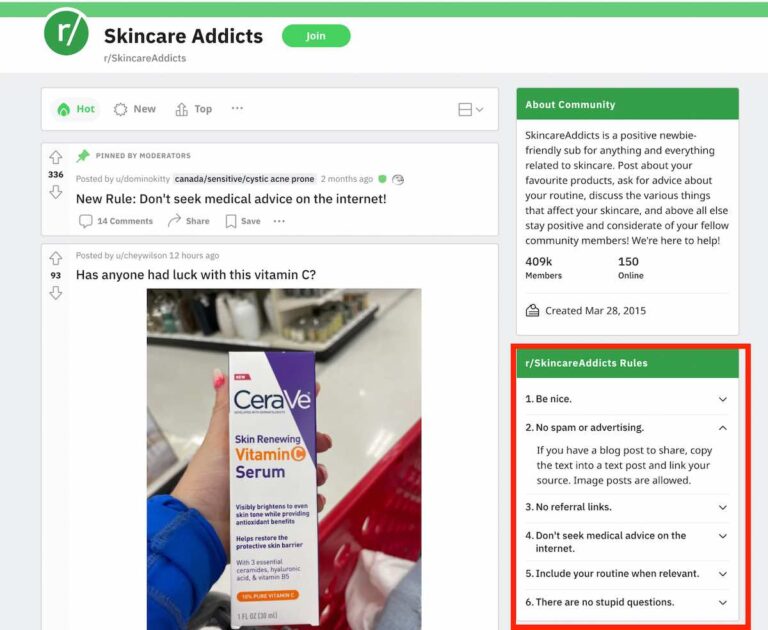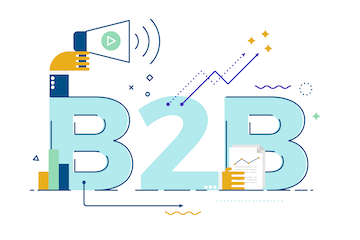
And for all that steps to block third-party cookies were taken by web browsers very early on, it took several more years for some of them to implement comprehensive blocking, as well as for the web browser with the largest share of the market – Google Chrome – to join them. During that time, cookies remained pivotal to the way that marketers tracked, targeted and measured the impact of their campaigns; but the conversation around privacy on the web, particularly as it related to advertising, was changing.
Covered in this briefing:
Fast forward to 2021, and the demise of the third-party cookie (nicknamed the “cookiepocalypse”) is now an accepted fact, with discussions turning instead to how marketers can prepare, and what kinds of solutions and alternatives should be adopted. But how did we get to the point where one of the biggest web advertising heavyweights is withdrawing its support for third-party cookies, and where do we go from here? In this briefing, I’ll look at the recent developments that led to our current situation, the stances being taken by key industry players, and the alternatives that promise to balance privacy with marketing effectiveness.
At the time, this decision to disallow third-party cookies – even coming from most of the major internet browsers – was highly controversial among industry commentators. They argued that cookies were necessary for the ad campaigns that fuel the internet to function, or that cookies – at their heart simply a piece of technology designed to retain preferences by identifying when the same user returns to a website – are not inherently intrusive, rather that certain applications of them are.
The debate around third-party cookies, which for years have been heavily relied-on by the marketing and advertising industry to compile records of a user’s browsing history and build up a profile of their interests, preferences and habits, stretches back as far as 2013, when Firefox, Safari and even Internet Explorer all began implementing some form of default blocking of third-party cookies or ad tracking.
In March 2021, Google announced on its Ads & Commerce blog that it was “Charting a course towards a more privacy-first web”. The blog post was a re-affirmation of Google’s commitment, first revealed in January 2020, to remove support for third-party tracking cookies in Chrome from 2022, and contained further details about how it plans to protect user anonymity once these are phased out. But it was also a sign of just how much the conversation around third-party cookies has shifted over the past few years.
- The cookiepocalypse: a timeline
- An end to cookies, but not to behavioural targeting
- Alternatives to third-party cookies: what should marketers use?
- First, second and zero-party data
- Contextual targeting
- Alternative forms of measurement
- A more positive – and private – future






